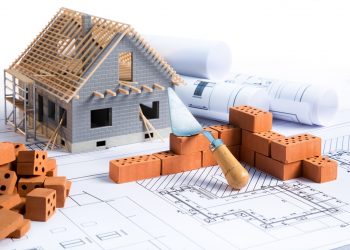Home builder confidence in the single-family 55-plus housing market is riding a wave brought on by the baby boomer generation, which will be one of the more predominant participants in real estate over the next decade, according to the National Association of Home Builders (NAHB) 55+ Housing Market Index (HMI). The Index for the fourth quarter of 2016 was at 67—the highest reading since the first Index in 2008.
“Builders and developers in market segment are…encouraged by the fact that for the next 15 years, 10,000 baby boomers will be turning 65 every day,” said Dennis Cunningham, chairman of the NAHB 55+ Housing Industry Council, in a statement. “The consistent pressure of this age group wanting to downsize from a large home, shifting to other regions of the country or just simply looking for a newer home or community also play a key role in the Index movement.”
Home builders’ confidence also got a lift in the fourth quarter on the promise of a new administration, which has sown optimism for more ideal business conditions.
“The significant increase in the Index reading is attributed partly to a post-election boost, as many builders and developers are encouraged by President Trump’s commitment to cut burdensome regulations that negatively impact small businesses,” Cunningham said.
Home builders’ expectations regarding present and expected single-family home sales in the 55-plus market both reached Index-highs in the fourth quarter, up to 74 and 75, in order, while expected homebuyer traffic rose two points to 49. Home builders’ expectations regarding present multifamily condominium sales in the 55-plus market, however, fell one point to 50, while expected sales rose one point to 52 and expected homebuyer traffic fell three points to 35.
“The strong performance of the 55+ HMI at the end of 2016 is consistent with recent increases in broader measures of the housing market, including new home sales and the NAHB/Wells Fargo HMI,” says NAHB Chief Economist Robert Dietz. “We expect continued growth in the 55-plus market in 2017, although builders in many places will still face challenges in finding adequate supplies of inputs like labor and lots.”










